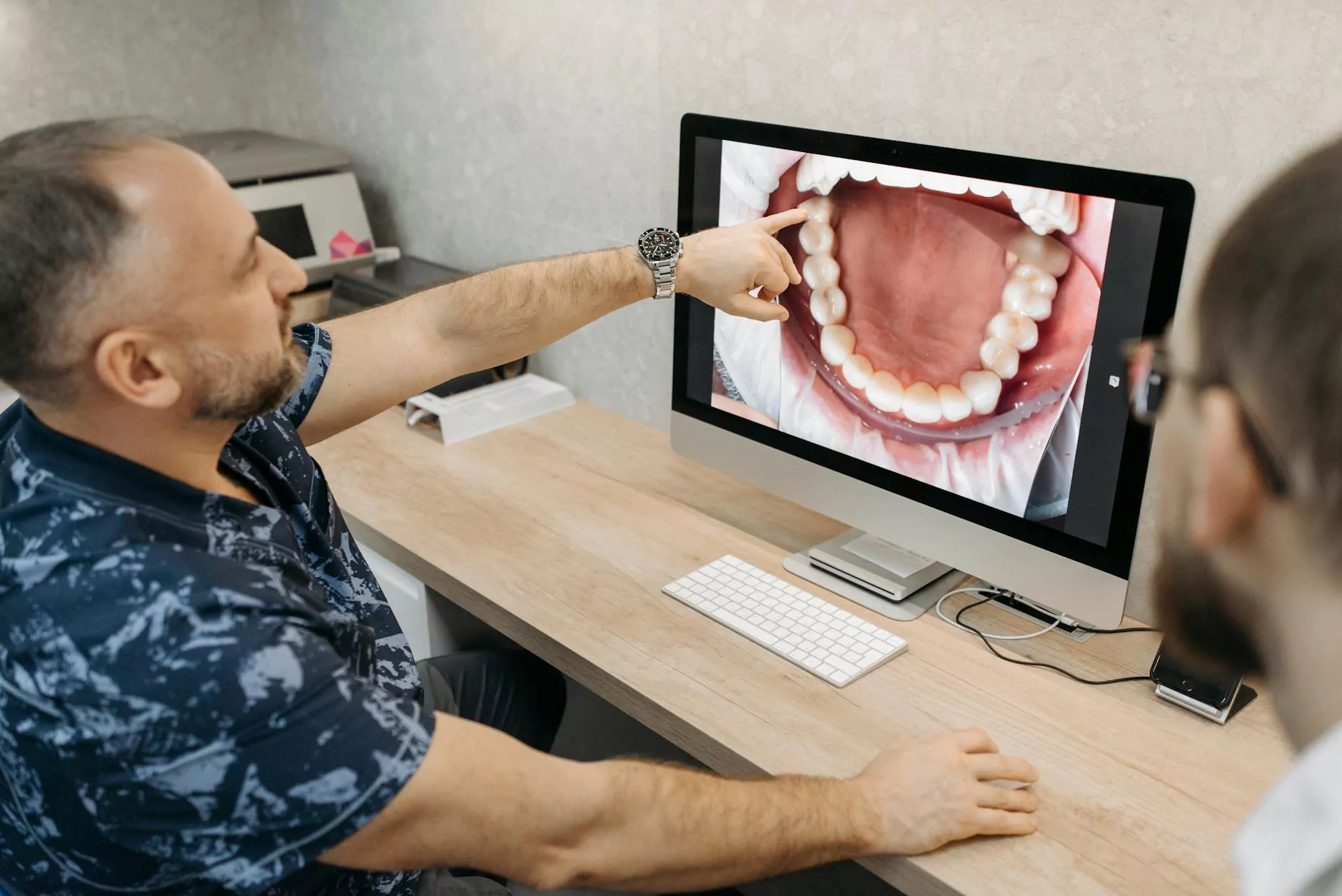Understanding DVT Causes and Treatment: A Complete Guide to Vascular Health
Deep Vein Thrombosis (DVT) is a serious medical condition that involves the formation of a blood clot in a deep vein, commonly in the legs. It can pose significant health risks if left untreated, including the potential for a life-threatening complication known as pulmonary embolism. Recognizing the causes of DVT and understanding the latest treatment options are essential steps towards effective management and prevention.
What is Deep Vein Thrombosis (DVT)?
Deep Vein Thrombosis occurs when a blood clot, or thrombus, forms within the deep veins, which are primarily located in the legs and pelvis. These veins are responsible for returning deoxygenated blood back to the heart. When a clot forms, it can impede blood flow, leading to swelling, pain, and other symptoms. The risk of clot dislodging and traveling to the lungs makes early diagnosis and treatment crucial.
Understanding the Causes of DVT
Identifying the DVT causes is fundamental to prevention and treatment. The formation of a blood clot generally results from a combination of factors that disrupt normal blood flow, damage the blood vessel walls, or increase blood coagulability. Known as Virchow's triad, these factors are:
- Venous stasis: Slow or stagnant blood flow often due to immobility, prolonged bed rest, or sedentary lifestyle.
- Endothelial injury: Damage to the inner lining of veins from trauma, surgery, or repeated venous trauma.
- Hypercoagulability: An increased tendency of the blood to clot due to genetic factors, certain medications, or medical conditions.
Specific Risk Factors Contributing to DVT Causes
While the basic causes are outlined in Virchow's triad, specific risk factors substantially elevate the likelihood of developing DVT, including:
- Prolonged immobility: Bed rest after surgery, long flights, or immobilization due to injury.
- Postoperative states: Surgeries, particularly orthopedic procedures like hip or knee replacements, increase risk.
- Obesity: Excess weight exerts pressure on leg veins, impairing blood flow.
- Hormonal therapy: Birth control pills, hormone replacement therapy, and pregnancy can heighten clotting tendency.
- Genetic predispositions: Conditions like Factor V Leiden mutation or antiphospholipid syndrome.
- Chronic medical illnesses: Cancer, heart failure, and inflammatory conditions.
- Age and lifestyle factors: Advanced age, smoking, and lack of physical activity.
Symptoms and Diagnosis of DVT
Understanding the presentation of DVT can lead to early diagnosis, reducing the risk of serious complications. Common symptoms include:
- Swelling in the affected limb, often sudden and severe.
- Pain and tenderness, especially when standing or walking.
- Skin discoloration, appearing bluish or reddish.
- Warmth to touch, indicating inflammation.
Diagnosis typically involves a combination of physical examination and diagnostic imaging such as duplex ultrasonography, which is the standard non-invasive test for detecting blood clots. Blood tests like D-dimer levels can also aid in detecting abnormal clot formation but are not definitive alone.
DVT Causes and Treatment: Advanced Approaches in Vascular Medicine
Modern Treatment Strategies for DVT
The management of DVT causes and treatment involves both immediate intervention to prevent clot extension or embolization and longer-term measures to prevent recurrence. These include:
Anticoagulation Therapy
The cornerstone of DVT treatment is anticoagulants, which inhibit clot formation and growth. Common anticoagulants include:
- Heparin: Administered intravenously for rapid effect.
- Warfarin: An oral anticoagulant used for long-term management, requiring regular monitoring.
- Direct Oral Anticoagulants (DOACs): Such as rivaroxaban, apixaban, and dabigatran, which offer effective anticoagulation without the need for frequent blood tests.
Clot Dissolution and Mechanical Removal
In cases of large or extensive DVTs, especially when anticoagulation alone is insufficient, more aggressive approaches such as catheter-directed thrombolysis may be employed to dissolve the clot.
Compression Therapies
Wearing graduated compression stockings helps prevent swelling, improves blood flow, and reduces the risk of post-thrombotic syndrome, a common complication following DVT.
Addressing Underlying Causes
Effective treatment also involves managing the identified DVT causes. This includes lifestyle modifications, controlling risk factors like obesity and smoking, and addressing genetic predispositions through appropriate medical interventions.
Prevention Strategies for DVT
Prevention is vital, especially for at-risk populations. Strategies include:
- Regular movement: Avoiding prolonged immobility by walking or leg exercises during lengthy travels or bed rest.
- Use of compression stockings: Especially after orthopedic surgeries.
- Pharmacologic prophylaxis: Low-dose anticoagulants prescribed during high-risk periods.
- Weight management and lifestyle changes: Promoting physical activity, quitting smoking, and maintaining a healthy weight.
The Role of Vascular Specialists in DVT Management
Specialists in vascular medicine, such as those at trufflesveinspecialists.com, play an essential role in the comprehensive care of patients with DVT. They utilize advanced diagnostic techniques, personalized treatment plans, and minimally invasive procedures to optimize outcomes.
These experts are trained to identify underlying causes, assess individual risk profiles, and implement preventative strategies to reduce recurrence. Advanced interventions, including endovenous treatments and targeted thrombolytics, are part of the specialist toolkit aimed at restoring vein health and preventing future complications.
Long-Term Management and Follow-Up
Even after initial treatment, ongoing care is necessary to prevent recurrence and manage complications. Long-term strategies include:
- Continued anticoagulation therapy, as advised by your vascular specialist.
- Regular imaging follow-ups, to monitor vein health.
- Addressing lifestyle factors, such as maintaining physical activity and weight management.
- Patient education, about recognizing symptoms of recurrence and when to seek medical attention.
Conclusion: Taking Control of Your Vascular Health
Understanding DVT causes and treatment is crucial for both prevention and effective management of this potentially life-threatening condition. With advances in vascular medicine and a personalized approach to treatment, patients can achieve better outcomes, minimize the risk of complications, and improve their quality of life.
Consulting dedicated vascular specialists at trusted centers like trufflesveinspecialists.com ensures access to cutting-edge diagnostics and therapies that address the root causes of DVT and promote long-term vascular health. Empower yourself with knowledge and proactive care to safeguard your well-being.








